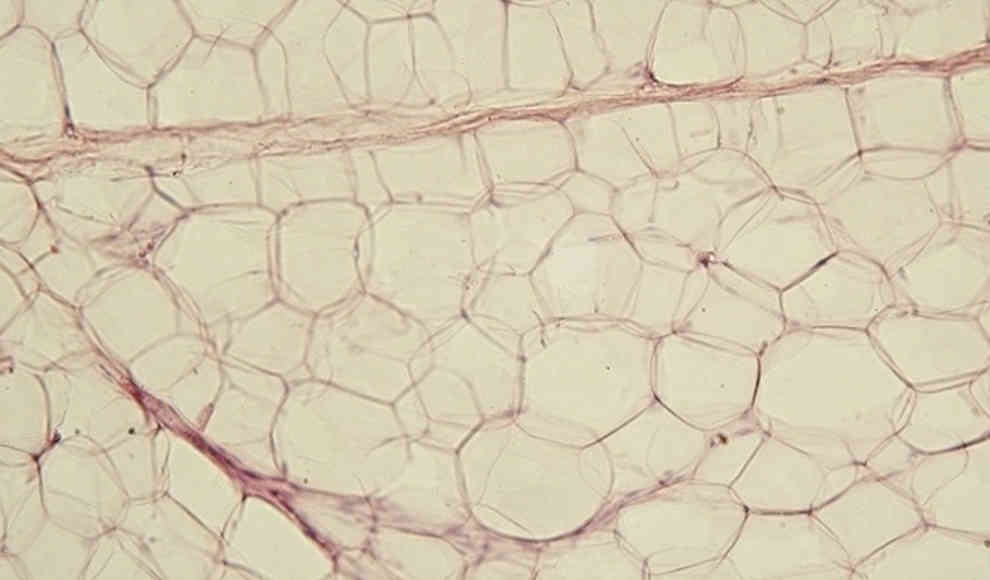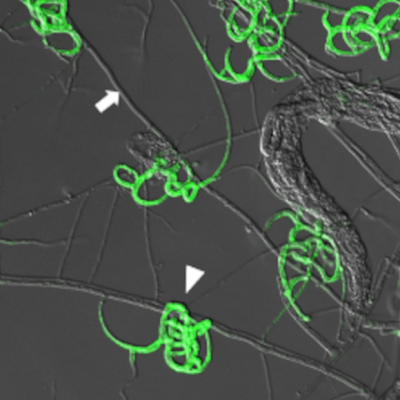Scientists have made a groundbreaking discovery about the role of fat cells in the body. It turns out that subcutaneous fat tissue, or adipose tissue, actually supports the body’s immune system in fighting off bacteria and other disease-causing germs. Researchers at the University of California in San Diego, led by dermatologist Richard Gallo, have published their findings in the journal Science. They found that fat cells act as a rapid response team for the immune system, mobilizing when bacteria or other pathogens breach the protective barrier of the skin.
In experiments with mice infected with the Staphylococcus aureus bacterium, the researchers observed that the number and size of fat cells in the vicinity of the infection site increased within hours. They also discovered that fat cells produce large amounts of a protein that kills invading viruses, bacteria, fungi, and other harmful organisms. This protein is almost as abundant in fat cells as it is in certain white blood cells. When mice had too few fat cells, they were more susceptible to severe infections. The researchers also confirmed that human fat cells produce the same protein, suggesting that the human immune system works similarly to that of mice.
Until now, it was believed that white blood cells circulating in the blood were solely responsible for protecting the body from sepsis once pathogens breached the skin barrier. However, it takes time for these blood cells to reach the site of infection. Since many microbes can multiply rapidly, the body needs an additional and faster response. This is where epithelial cells, mast cells, leukocytes, and apparently fat cells come in. “This is a new finding about a cell type in the skin that was not known to have immune function,” says Gallo. “It’s a new discovery that unifies skin immunology in a way that we didn’t appreciate before.”
In conclusion, this discovery sheds new light on the role of fat cells in the body and their importance in the immune response. It also highlights the need for further research into the mechanisms by which fat cells support the immune system and how this knowledge can be used to develop new treatments for infections and other diseases.










